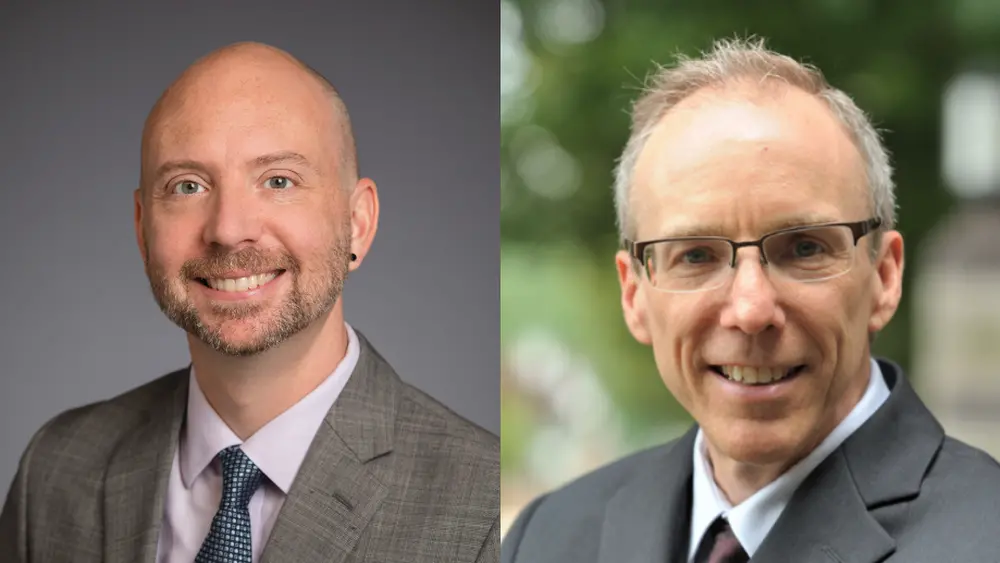
Abiotic, or nonliving, self-replicating materials are often a topic of science fiction — but researchers at the Beckman Institute for Advanced Science and Technology at the University of Illinois Urbana-Champaign are working to synthetize materials that self-replicate, the same way biomolecules like DNA do in nature. This work will improve the polymers’ real-world resilience and performance. The research team’s goal: develop new sustainable materials with circular lifespans.
Beckman researchers Charles Schroeder, the James Economy professor in the Department of Materials Science and Engineering, professor of chemical and biomolecular engineering, and faculty affiliate in chemistry, and Jeffrey Moore, the Stanley O. Ikenberry Endowed Chair Emeritus in chemistry, will join researchers from the University of Texas at Austin, Princeton University and Sandia National Laboratories to form the NSF Center for the Creation of Abiotic Replicating Materials and Assemblies, or CARMA.
Funded by a $1.8 million U.S. National Science Foundation grant, CARMA will create synthetic materials that self-replicate and grow in a similar manner to biological materials.
The Phase I award from the Centers for Chemical Innovation Program of the Division of Chemistry will be dispersed over three years and the researchers will also compete for a $4 million Phase II grant.
The project is led by Eric Anslyn, the Welch Regents Chair of Chemistry at the University of Texas at Austin. Anslyn is an expert in physical organic and supramolecular chemistry and will be joined by co-PI Andrew Ellington, the Fraser Chair of Biochemistry.
Emily Davidson and Mike Webb, both professors of chemical and biological engineering, will lead a team from Princeton University while Schroeder, joined by Moore, will lead the Illinois team.
Additionally, Samuel Leguizamon, a systems engineer in research and development, will provide his expertise in advanced polymeric materials from Sandia National Laboratory.
The project's goal is to create self-replicating materials which extend beyond the concept of self-healing materials, a field that was pioneered, in part, by Moore.
It’s important to note the distinction between self-healing and self-replicating materials. Self-healing materials, incorporated into spacecrafts or roads to combat damage for example, repair themselves by making and breaking dynamic covalent bonds within the material.
“Self-replicating materials are more akin to how the human body heals a wound, by regenerating the material itself, rather than just fusing two slabs of material together, as in self-healing,” Schroeder said.
Currently, the concept of self-replication is a fundamental and defining characteristic of living organisms, a characteristic that is absent in nonliving objects.
“Our work has the transformative potential to understand how to design and create replicating chemical systems outside the confines of biology,” Schroeder said.
The team envisions developing new sustainable materials with the potential to grow, adapt to stress and respond to stimuli when given the proper starting material.